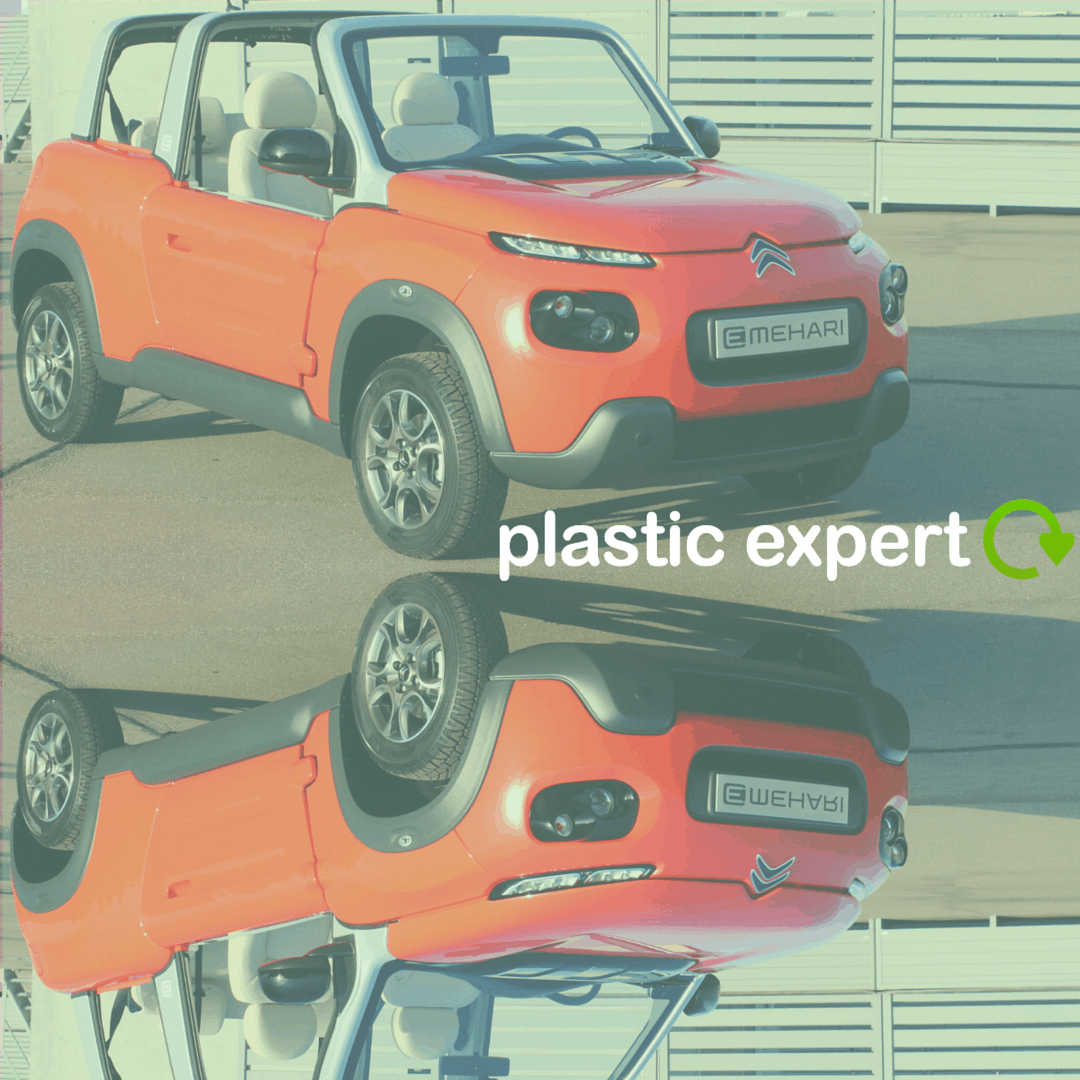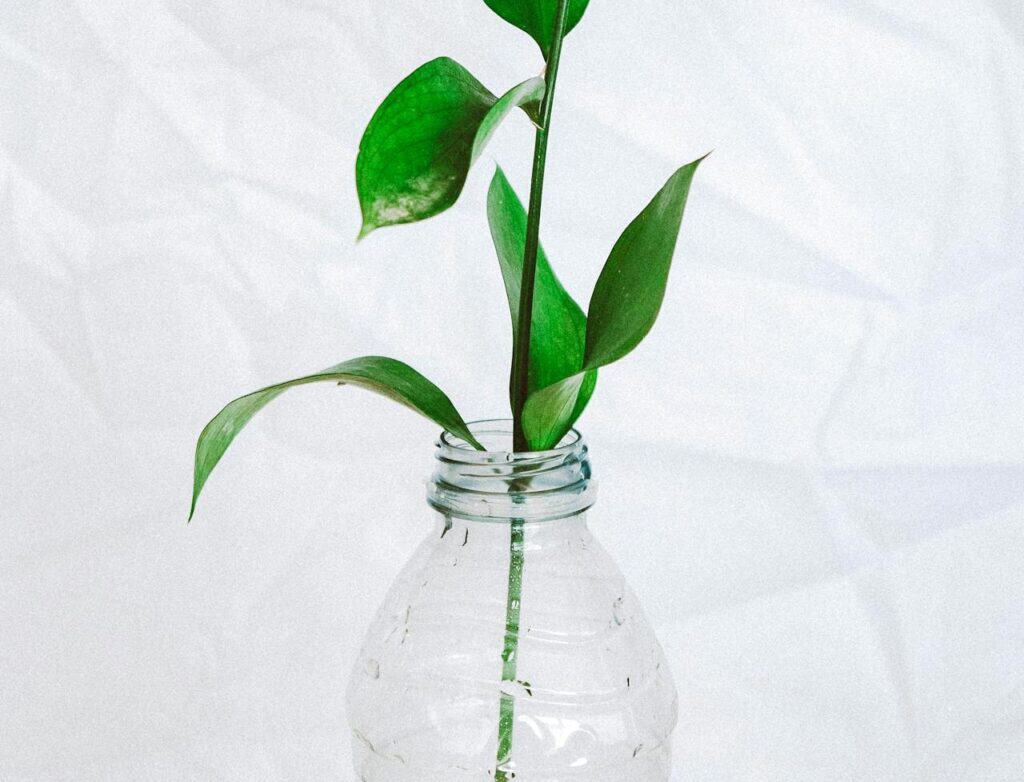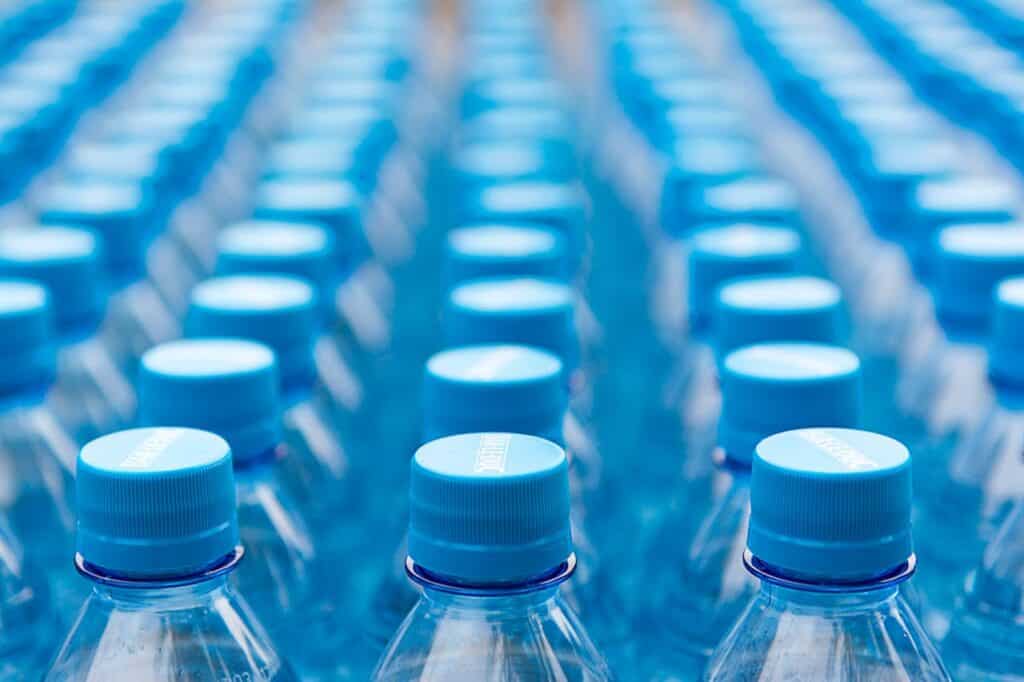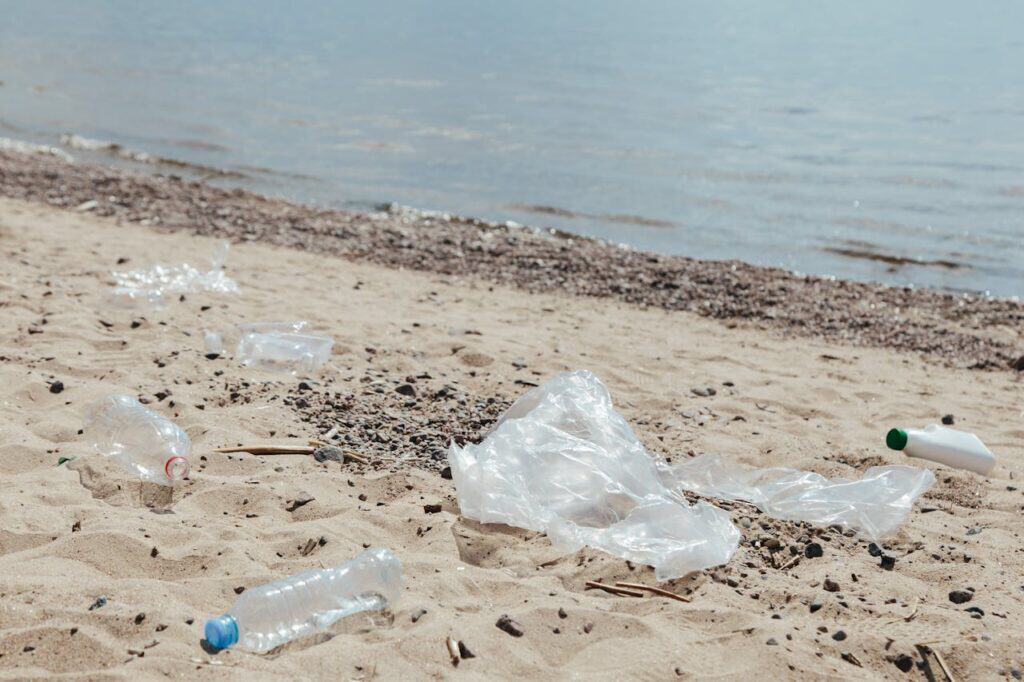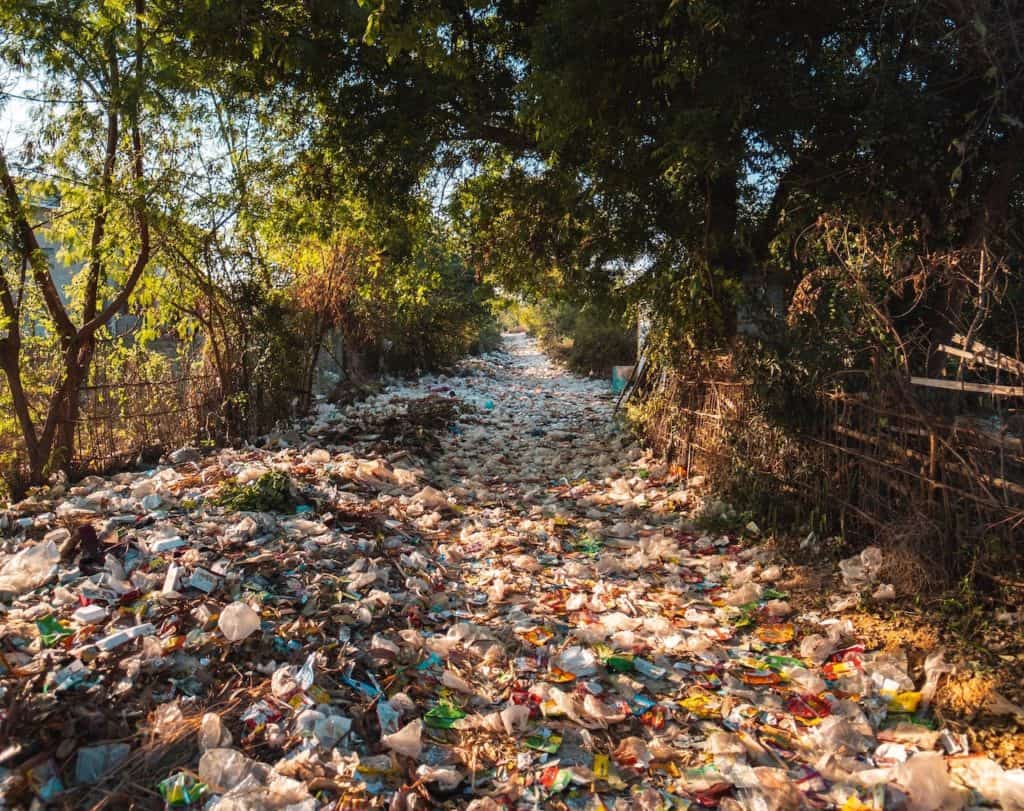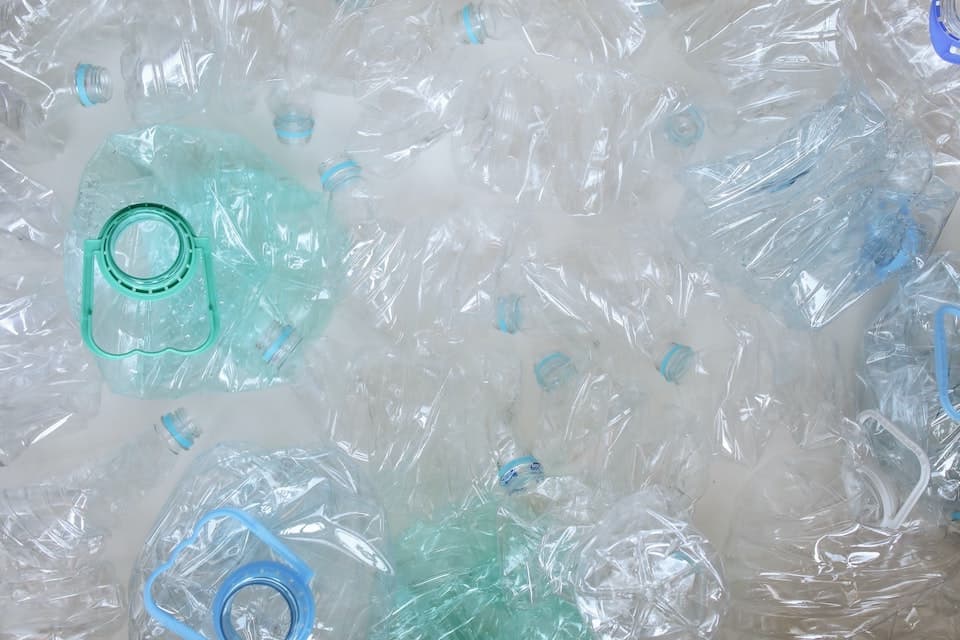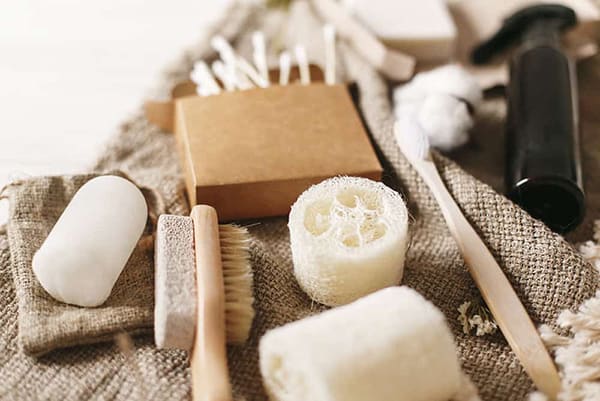It’s been awhile since we last put together a Vehicle Plastic Recycling blog, so now we are here to rectify that, knowing how popular they have proved in the past!
Without any more hesitation, we hope you will enjoy our latest blog post…
Rust is bad.
Cars are at risk of so many different hazards, like theft, crashes, abuse and improper maintenance. But an equally dangerous, and far stealthier risk, is rust. The combination of complex sheet metal work, with lots of hidden corners and holes that are vulnerable to rust, has led to the construction of some vehicles that are notoriously known as “rust buckets.” No one wants to buy a rust bucket, let’s get that clear. Rust is unpleasant, dangerous, and unwanted.
When a car comes into contact with water and oxygen, if not protected, it starts slowly rusting. Rust leaves ugly stain marks on cars and other metal objects, and worse, they can be completely eaten away over time, leaving holes. A car is more vulnerable to rust because it is constantly exposed to the different elements of nature; such as rain, snow, and direct heat. Despite this, there are many ways to keep a vehicle from rusting, like keeping the paint touched up, washing the undercarriage frequently and avoiding driving on salt-covered roads or in any kind of moist weather.
Those who live in hot, dry countries may think they aren’t liable to see rust, but it’s not true, as oxidization may in fact act faster in the heat. Those car owners also have to accept that the sun will fade the colour of their car naturally, by damaging the paint over time.
A Solution to the Problem
Though rust can be prevented, it’s more suitable to have a car that will never rust. So, how about a car made from plastic? The Citroën E-Méhari is a perfect example of such a vehicle.
After 48 years, Citroën, the major French automobile manufacturer, has taken a modern interpretation to the classic 1968 Méhari, making it all-electric and plastic-bodied, and calling it the E-Méhari. This iteration appears much like the original version, but is actually based on something called ‘The Bollore Blue Summer’. To be fair, the cars are almost identical, look for yourself!
Blue summer
E-Mehari
The E-Méhari is made with a chassis of thermoformed plastic, a material that is corrosion-free, maintenance-free paintwork and the elasticity to withstand minor impacts. Therefore, it’s easy to use, and can be hosed all over, both inside and out. Due to its thermoformed plastic bodywork, it is resilient to rust and small dings just like the original Méhari. The weather-friendly interior allows for beach sand, sunscreen residue, and other detritus of a leisurely lifestyle to be hosed from its seats and floorboards. It is inspired by water sports, which is why its interior is made of plastic-coated fabric and is completely waterproof.
Vehicle Plastic Recycling Cycle
The fact that its bodywork is plastic means it can easily be recycled at its end-of-life, and be used to make another car, or even other useful objects. Vehicle plastic recycling can greatly benefit the environment, since recycling plastics of any kind will help reduce the amount of petroleum waste and noxious gases, such as chlorine, that are released into the air.
Vehicle plastic recycling is advantageous because plastics are moldable, lightweight, and can be recycled multiple times. They have become the preferred material in designing and developing complex, consumer products, in this case, cars. Of course, this durability and design means they are expected to last longer than metal cars, and as such, by the time new plastic cars reach their end of life, it’s plausible to consider we may have evolved beyond recycling, or plastic for that matter.
Plastics have also transformed cars by making them lighter and more environmental-friendly. The lighter and more suitable the engine is, the less fuel that is required to power it. Through the use of plastic in making cars, rust could no longer be a problem of many car users.
It is estimated that almost one-seventh of the people in the world own a car, with the figure due to reach two-sevenths, equivalent to 2 billion cars in 2035. With that foresight, it is better for those 2 billion people to buy a rust-free car, and one perhaps made from recycled plastic too. Car manufacturers claim they’ve got car rust problems under control with better pre-production treatments, more use of aluminium, plastics and composites, and smarter design, but even so, it appears it hasn’t quite been banished, however, with developments in cars, like the E-Méhari, rust could one day really be a thing in the past.
More blogs:
Vehicle Plastic Recycling: Double Dutch
Vehicle Plastic Recycling: Cable and Carrera
Vehicle Plastic Recycling: e-Up and i3

